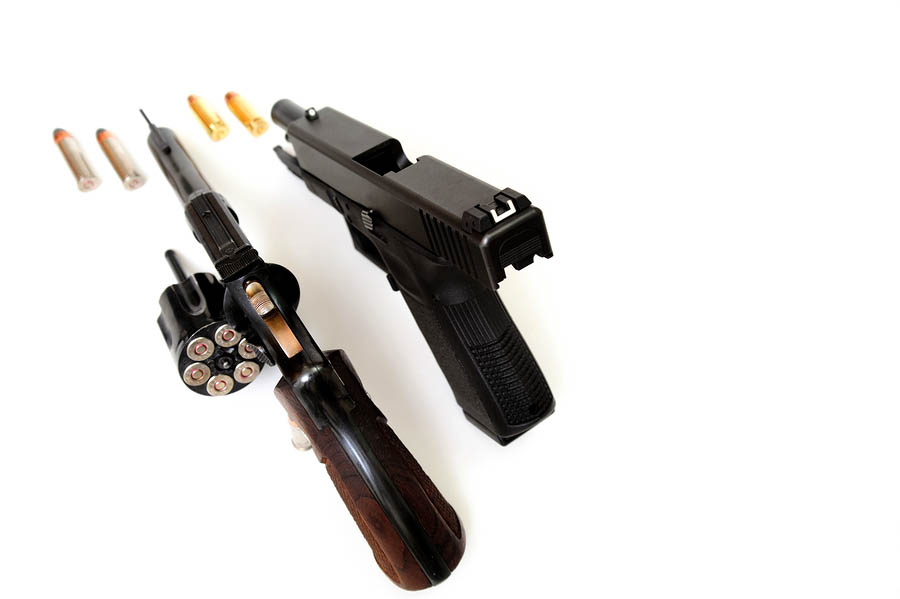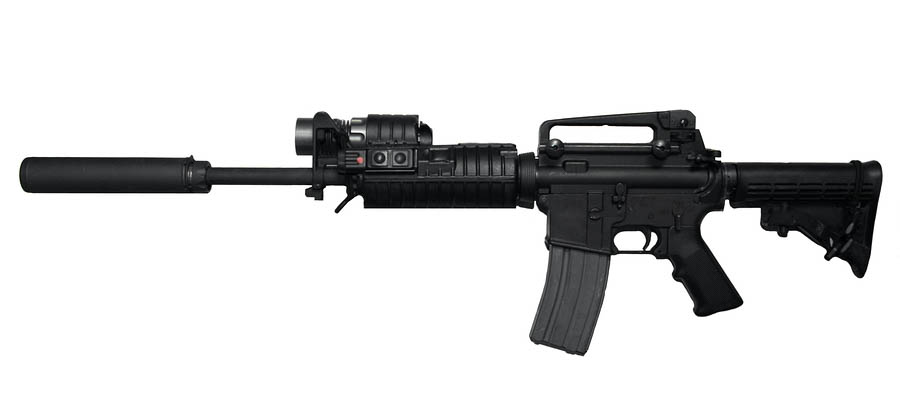Commonly Misused Gun terms everybody should understand
Before You Get Your Opinion Out On This Lets’s Look At Some Facts
Gun safety begins with good communication. As such, often times people may not understand the distinct differences between the gun terms people use. Certainly, media outlets are notorious for using incorrect gun terminology to describe an incident or accident. This is why we’re going to clarify some important terms and break down what they actually mean.
Magazine vs. Clip
People get beaten up all the time about this term.
Because the term “clip” has been around arguably longer than magazine, it tends to get thrown around to refer to the same thing. Is it technically incorrect? Depends on the weapon you’re referring to.
A quick illustration of the difference would be the M1 Garand or traditional SKS and an AR-15.
An AR-15 has a detachable magazine which is inserted into the magazine well. An M1 Garand has a clip – or open-faced magazine (non-enclosed) – of bullets fed into its fixed magazine well. And an SKS uses a stripper clip to load ammunition into its fixed magazine well.
General rule of thumb: clips are used to load magazines. Magazines can either be detachable (AR-15) or fixed (M1 Garand, SKS, etc.).
Now, it’s not necessary that the magazine or clip stays put after a cycle of fire has been completed. It is a common feature of magazine-fed firearms to retain the magazine until it is released by the gunman.
Assault Weapon vs. Assault Rifles & Semi-Automatic Rifles
A weapon is anything that can be used to inflict bodily harm, injury, or death upon another living thing. That is literally the definition of a weapon. So the concept of an “assault weapon” is redundant. Every weapon is theoretically an “assault weapon” – once it’s used in an assault.
An assault rifle refers to a class of rifles that have selective fire mechanisms for switching between semi-automatic firing (one trigger pull, one bullet fired) and burst or automatic modes. By helping to define those selective fire modes, we’ll inevitably discover the reason why semi-automatic weapons are not necessarily assault rifles and tying those two terms together is a bit arbitrary.
- Non-semi-automatic One trigger pull results in one bullet fired but in order to fire another, a firing mechanism must be reset (i.e. “bolt charged to the front” or “hammer pulled to the rear”, etc.).
- Example: US Navy Colt single-action revolver or M1917 Lee-Enfield Rifle.
- Semi-automatic – One trigger pull per bullet fired.
- Example: M1 Garand – Capable of discharging one bullet per trigger pull and no more.
- Burst – Automatic selective fire mechanism that discharges two or more bullets per trigger pull. If the trigger is held down, though, it will not continue to fire.
- Example: M16A2 (Assault Rifle) – “Burst” will discharge three rounds per trigger pull.
- Automatic – Holding down the trigger will discharge ammunition at a cyclic rate of fire until ammunition runs out or the weapon overheats.
- Example: AK-47 (Assault Rifle) – When placed on ‘auto’, press and hold the trigger to cycle through all available rounds.
Pistols, Handguns, Revolvers vs. Semi-Auto
A handgun is the broadest of all classifications in this group. It can be defined as any firearm that is hand-carried with no supporting stock. Whether it’s fed by a cylinder – making it a revolver – or a magazine – making it a pistol – is a descriptor which then further defines it.
- Handgun – a hand-held firearm
- Revolver – Cylinder fed, single or double action, handgun. Available in either semi-automatic (“double action”) or single-action.
- Pistol – Magazine-fed handgun. Commonly only available in semi-automatic variants with some automatics.
To the experienced concealed carrier or firearms enthusiast, the term “semi-auto” doesn’t mean anything other than one trigger pull per bullet. There are semi-automatic revolvers – double-action, usually. For the remainder of pistols out on the market, it’s exceedingly difficult to find a non-semi-automatic pistol. Why? Because to fall out of the semi-automatic category, the pistol would have to require a cocking mechanism to discharge a second round or conversely, be fully automatic. The practicality of either of these composes an extremely small share of the market. That’s why gun manufacturers don’t spend too much time on them. They’re novelties.
Have you heard any other terms that are commonly bungled by gun enthusiasts?
Tell us about them in the comments section below.



